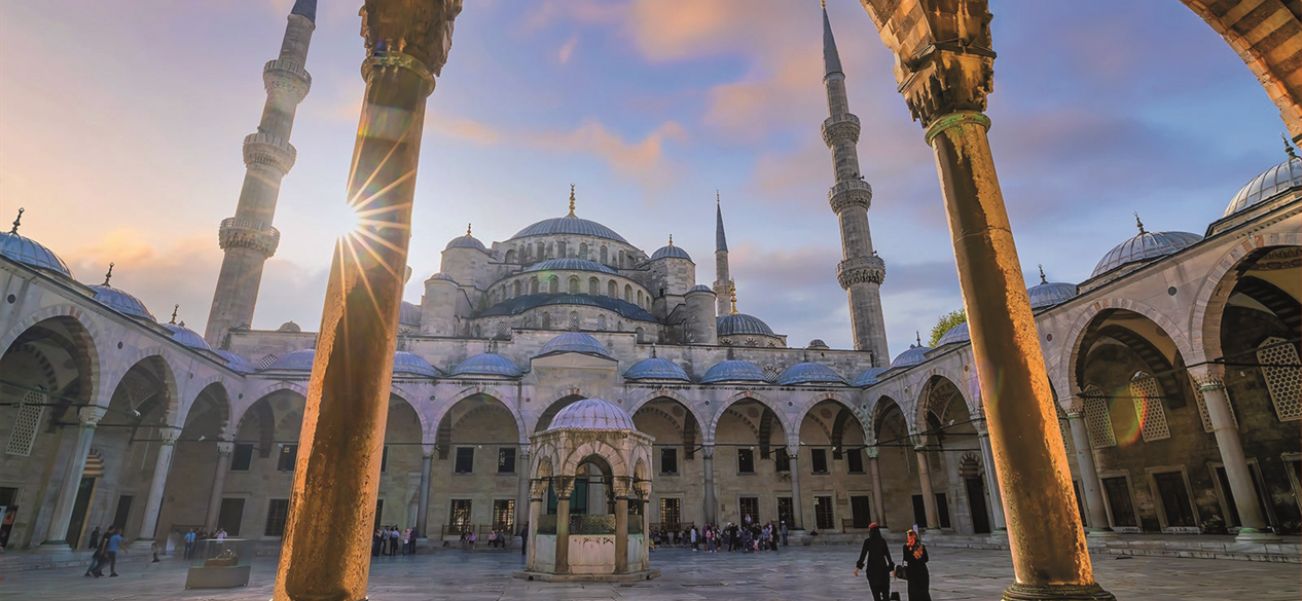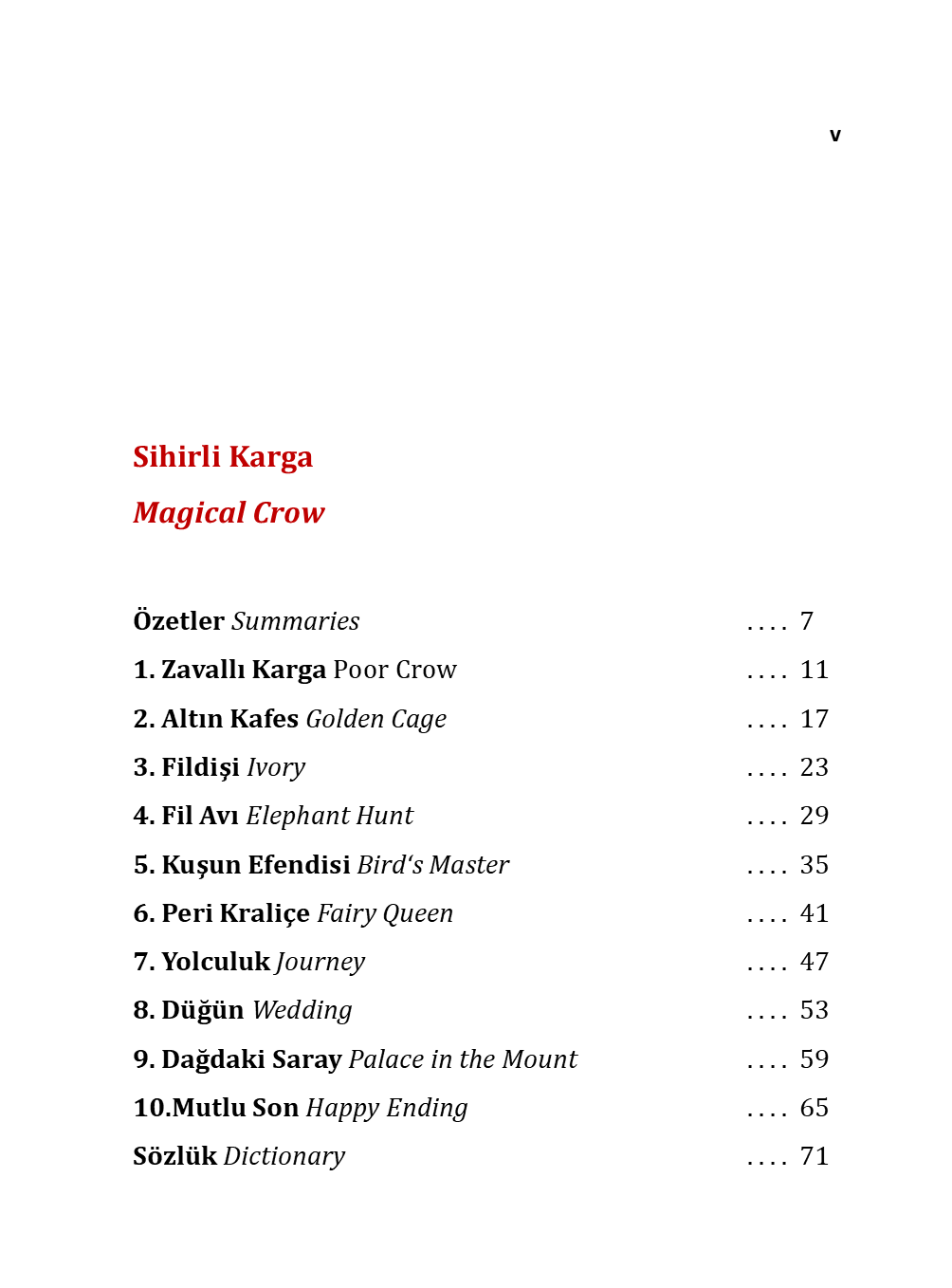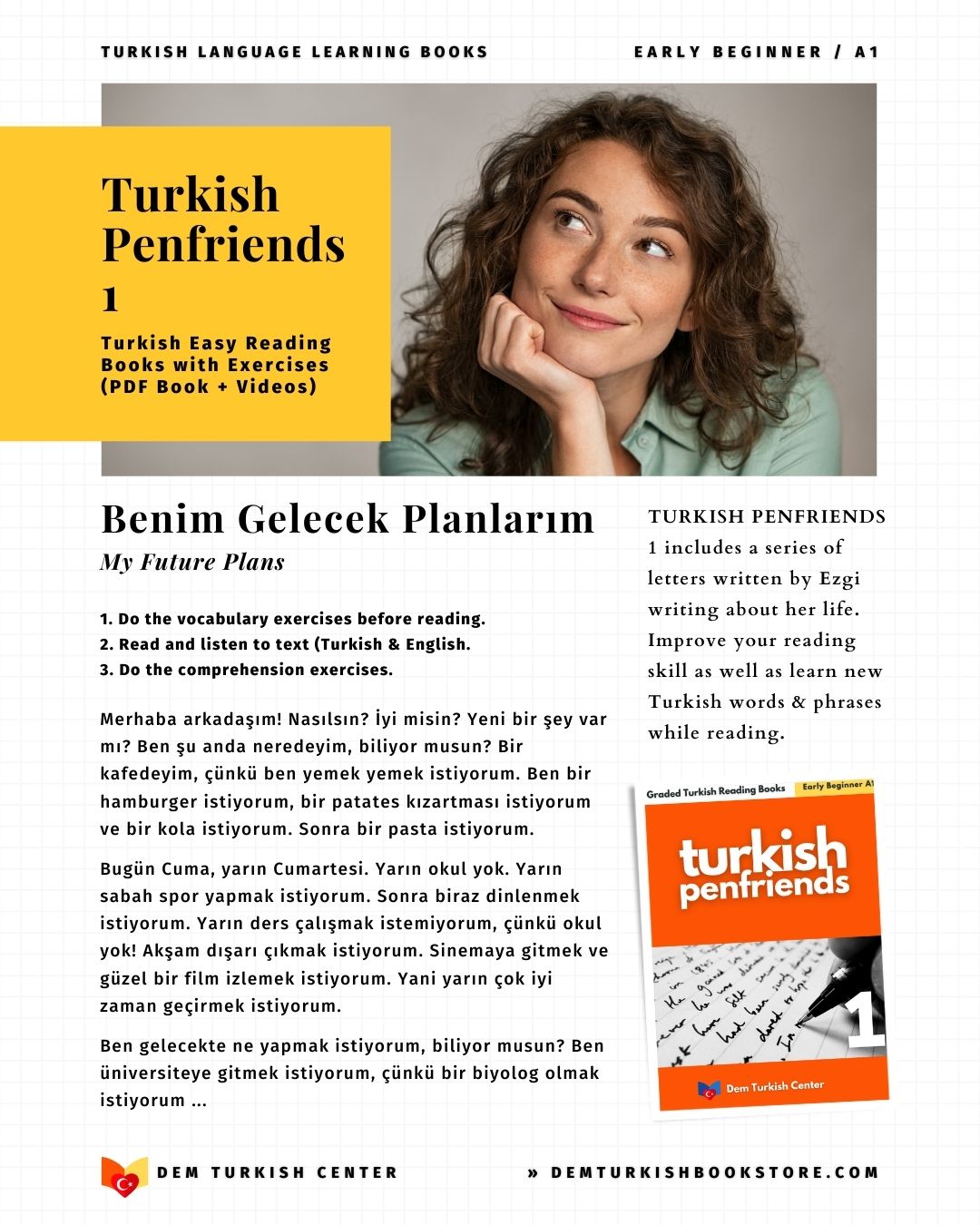
15 Most Beautiful Mosques in Istanbul
Istanbul, the mesmerizing metropolis that straddles two continents, is a city where history whispers from every corner. Its iconic skyline, punctuated by majestic domes and slender minarets, tells a story of empires, sultans, and profound faith. For any visitor, exploring the magnificent mosques of Istanbul is not just a sightseeing activity; it's a journey into the soul of the city.
From the monumental achievements of the Ottoman Empire's chief architects to hidden gems adorned with exquisite tiles, each mosque offers a unique window into art, history, and spirituality. This guide will take you through the 15 most beautiful mosques in Istanbul, each a masterpiece waiting to be discovered.
A Spiritual Skyline: Exploring the Top 15 Most Beautiful Mosques in Istanbul
Sultan Ahmet Mosque (The Blue Mosque)

No list of Istanbul's mosques could start without the world-famous Sultan Ahmet Mosque, universally known as the Blue Mosque. An iconic symbol of the city, it was built between 1609 and 1616 by the architect Sedefkâr Mehmet Ağa for Sultan Ahmet I.
Why Sultan Ahmet Mosque is beautiful
The mosque's captivating beauty lies in its perfect proportions and its breathtaking interior. It earns its nickname from the tens of thousands of hand-painted Iznik tiles in shades of blue, turquoise, and green that adorn its walls. The cascade of domes, the six elegant minarets (a rarity at the time of its construction), and the spacious courtyard create an awe-inspiring sense of harmony. The interior is flooded with light from more than 200 stained-glass windows, making it a truly sublime space.
Grand Bazaar Istanbul: A 550-Year-Old Shopping Mall & Cultural Heart Of Istanbul
Hagia Sophia Mosque (Ayasofya-i Kebir Cami-i Şerifi)

A monument that defies categorization, Hagia Sophia is the heart of Istanbul. Built as a cathedral in 537 AD, converted into a mosque after the Ottoman conquest in 1453, then a museum, and now again a functioning mosque, its history is as layered as its architecture.
Why Hagia Sophia Mosque is beautiful
The beauty of Hagia Sophia is one of sheer grandeur and historical resonance. Its colossal dome, a revolutionary engineering feat for its time, seems to float miraculously above the cavernous interior. The Christian mosaics depicting Christ, the Virgin Mary, and emperors coexist with Islamic calligraphy rounds and *mihrabs*, creating a unique palimpsest of faith. Gazing up at the dome is to feel the weight of centuries.
Süleymaniye Mosque

Perched on one of Istanbul's seven hills, the Süleymaniye Mosque is the magnum opus of the legendary Ottoman architect Mimar Sinan. Commissioned by Sultan Süleyman the Magnificent and completed in 1557, it is considered one of his most masterful works, embodying the peak of Ottoman imperial power and architectural genius.
Why Süleymaniye Mosque is beautiful
The beauty of the Süleymaniye is one of intellectual elegance and sublime simplicity. Unlike the colorful Blue Mosque, its interior is defined by a restrained color palette, creating a serene and meditative atmosphere. The massive central dome is supported by perfectly proportioned pillars, and the acoustics are enhanced by hundreds of embedded ostrich eggs to repel spiders. The complex ("külliye") includes a hospital, schools, a library, and a hamam, and the courtyard offers one of the best panoramic views of the Golden Horn.
Discover Istanbul beyond Sultanahmet (Podcast Interview)
Rüstem Paşa Mosque

Tucked away in the bustling spice market district of Eminönü, the Rüstem Paşa Mosque is a hidden jewel designed by Mimar Sinan for Grand Vizier Rüstem Pasha. From the outside, it seems modest, but its interior is one of the most stunning in all of Istanbul.
Why Rüstem Paşa Mosque is beautiful
This mosque is a love letter to the Iznik tile. Every available surface, from the walls to the pillars to the "mihrab", is covered in a breathtaking array of the finest Iznik tiles from the peak period of their production. The intricate floral patterns, cypress trees, and vibrant crimson reds make it feel like a precious, intimate treasure chest. It’s a must-visit for any art lover.
Eyüp Sultan Mosque

The Eyüp Sultan Mosque is one of the holiest sites in the Islamic world. It is built on the supposed burial site of Abu Ayyub al-Ansari, a standard-bearer and companion of the Prophet Muhammad, who died during the first Arab siege of Constantinople.
Why Eyüp Sultan Mosque is beautiful
Its beauty is deeply spiritual. The atmosphere here is palpable, with pilgrims coming to pray at the tomb. The mosque itself, while beautifully restored in Ottoman Baroque style, is secondary to the profound sense of devotion that fills the complex. The adjacent cemetery, with its ornate Ottoman tombstones, climbs up the hillside, offering a poignant and peaceful stroll.
Yeni Mosque (New Mosque)

Despite its name, the Yeni Mosque (New Mosque) in Eminönü is over 400 years old. Its construction started in 1597 and was completed in 1665. It stands as a monumental landmark at the entrance to the Galata Bridge, dominating the waterfront.
Why Yeni (New) Mosque is beautiful
The Yeni Mosque is a classic example of the later classical period, blending traditional forms with early Baroque decorative elements. Its huge imperial pavilion and curved forecourt are particularly striking. The interior is lavishly decorated with gold leaf, marble, and beautiful tiles. Its location, with pigeons swirling in the square, is one of the most cinematic scenes in Istanbul.
Istanbul In 7 Days: The Ultimate 7-Day Istanbul Itinerary For An Unforgettable Trip
Şehzade Mosque

The Şehzade Mosque (Prince's Mosque) was Mimar Sinan’s first imperial commission, dedicated to the memory of Sultan Süleyman’s favorite son, Şehzade Mehmet, who died young. Sinan himself called it his "apprentice work."
Why Şehzade Mosque is beautiful
It is a masterpiece of symmetry and geometric purity. The mosque is famous for its perfectly symmetrical layout, with a central dome flanked by four semi-domes and four smaller domes. The twin minarets with elaborate geometric reliefs are exceptionally beautiful. While the interior is less ornate than his later works, it showcases Sinan's groundbreaking structural genius.
Ortaköy Mosque (Büyük Mecidiye Mosque)

The Ortaköy Mosque, officially the Büyük Mecidiye Mosque, is picturesquely situated on the waters of the Bosphorus at the foot of the Bosphorus Bridge. Built in the 19th century in Neo-Baroque style, it is a testament to the Westernizing influences of the era.
Why Ortaköy Mosque is beautiful
Its location is its defining feature. The mosque appears to float on the water, creating a perfect photographic composition, especially at sunset. The interior is bathed in light from the large windows that offer stunning Bosphorus views. The delicate stonework and the pink mosaic on the "qibla" wall add to its elegant, almost palatial charm.
Nuruosmaniye Mosque

Located at the entrance to the Grand Bazaar, the Nuruosmaniye Mosque (Light of Osman) marks a distinct turning point in Ottoman architecture. Completed in 1755, it is one of the finest examples of the Ottoman Baroque style.
Why Nuruosmaniye Mosque is beautiful
It breaks from the classical simplicity of Sinan. The mosque features a gracefully curved courtyard, ornate Baroque-style arches, and an intricately carved stone *mihrab* and *minbar*. The name "Nuruosmaniye" feels apt, as the large windows make the interior incredibly luminous. It serves as a beautiful bridge between classical and modern Ottoman design.
Beyazıt Mosque

The Beyazıt Mosque, commissioned by Sultan Bayezid II and completed in 1506, is one of the oldest surviving imperial mosques in Istanbul. It represents the transition from the earlier Bursa-style architecture to the classical Ottoman style that would be perfected by Sinan.
Why Beyazid Mosque is beautiful
Its beauty is one of historical gravitas. The complex includes a traditional soup kitchen, caravanserai, and a "hamam". The courtyard, with its antique columns recycled from Byzantine sites, is particularly atmospheric. The simplicity of its interior, with its early Iznik tiles and calligraphic decorations, offers a glimpse into the dawn of imperial Ottoman architecture in the city.
Dolmabahçe Mosque

Adjacent to the opulent Dolmabahçe Palace, the Dolmabahçe Mosque was built by the mother of Sultan Abdülmecid I in the mid-19th century. It is a stunning example of the Empire style, heavily influenced by European design.
Why Dolmabahçe Mosque is beautiful
This mosque is a vision of ornate elegance. Its two slender minarets are like twisted candy canes, and the exterior is richly decorated. The interior is awash with gold and features crystal chandeliers, mirroring the extravagant style of the nearby palace. It perfectly captures the lavish and Western-facing aesthetic of the late Ottoman period.
Pertevniyal Valide Sultan Mosque

Also known as the Aksaray Valide Mosque, the Pertevniyal Valide Sultan Mosque is one of the most eclectic and visually striking mosques in Istanbul. Built in 1871 for the mother of Sultan Abdülaziz, it is a flamboyant mix of Gothic, Renaissance, Empire, and even Moorish styles.
Why Pertevniyal Valide Sultan Mosque is beautiful
It is unapologetically extravagant. The interior is a dense forest of columns and a profusion of gold, marble, and colored stones. The stone carving on the exterior, especially around the main door, is incredibly detailed. It stands as a unique, almost theatrical, monument to the experimental and cosmopolitan spirit of its time.
Zeyrek Mosque (Pantocrator Church)

The Zeyrek Mosque, a UNESCO World Heritage Site, was originally the Church of the Pantocrator Monastery, built in the 12th century. It is the second-largest religious structure from the Byzantine era in Istanbul, after Hagia Sophia.
Why Zeyrek Mosque is beautiful
Its beauty is raw and historical. It is not a mosque of ornate decoration, but of immense architectural presence. You can clearly see the three original churches that were merged into one structure. The worn marble floors, the ancient columns, and the remnants of Byzantine mosaics and frescoes offer a powerful, tangible connection to the city's deep Byzantine past.
Fatih Mosque
The Fatih Mosque (Mosque of the Conqueror) was the first great imperial mosque built in Istanbul after the conquest. Commissioned by Mehmed the Conqueror himself and completed in 1470, it was a monumental statement of Ottoman power.
Why it's beautiful
The original mosque was largely destroyed by an earthquake, and the current structure dates from the 18th century. However, its scale and importance remain immense. The vast complex was a city within a city. The mosque's simple yet powerful dome and the serene courtyard, which contains the tomb of Mehmed the Conqueror, make it a place of huge historical and spiritual significance.
Çamlıca Mosque
While not on your original list, no modern list is complete without the Çamlıca Mosque. Opened in 2019, it is the largest mosque in Turkey, a modern marvel that can hold 63,000 worshippers.
Why it's beautiful
It is a masterpiece of contemporary Islamic architecture, blending traditional Ottoman motifs with modern technology and design. Its six minarets echo the Sultanahmet, and its main dome is a feat of modern engineering. The interior is vast and airy, decorated with calligraphy and tiles inspired by classical styles. Its hilltop location offers the most spectacular 360-degree views of Istanbul from its balconies.
Conclusion: The Mosques in Istanbul
The mosques of Istanbul are more than just places of worship; they are the architectural chronicles of an empire, repositories of sublime art, and active centers of community life. From the timeless grandeur of the Süleymaniye to the intimate tile-covered beauty of Rüstem Paşa, each one tells a part of Istanbul's unforgettable story. Exploring them is to understand the city's soul, one magnificent dome at a time.
Enjoy your trip to Istanbul!













